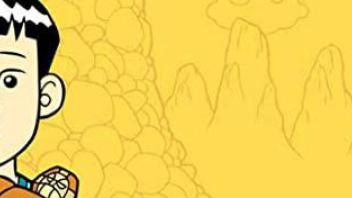
About Minh Lê
Minh Lê is the author of the picture books Lift (Eisner Award nominee) and Drawn Together (winner of the 2019 Asian/Pacific American Award for Literature) illustrated by Caldecott Medalist Dan Santat, Let Me Finish!, and The Perfect Seat. He also wrote Green Lantern: Legacy, a middle grade graphic novel (illustrated by Andie Tong) for DC Comics.
In 2022, Minh is finishing up work on A Lotus for You, the authorized picture book biography of the world-renowned Zen Buddhist monk and Nobel Peace Prize nominee, Thích Nhất Hạnh, who died in January 2022.
During the day, Minh is a federal early childhood policy expert who has worked in education at the national, state, and local level — both in and out of the classroom. He earned an undergraduate degree in psychology from Dartmouth College and a master’s degree in education policy from the Harvard Graduate School of Education.
Minh writes about picture books at Bottom Shelf Books (opens in a new window) (his blog) and has been published in the New York Times, The Horn Book, HuffPost, NPR, Book Riot, and Reading Rainbow. He served as a judge for the 2018 Boston Globe-Horn Book Awards and was named one of the 100 Coolest Dads in America by Fatherly.com in 2018. He currently serves on the Board of We Need Diverse Books (opens in a new window).
Outside of spending time with his wonderful wife and children at their home in San Diego, his favorite place to be is in the middle of a good book.
[NOTE: This brief biography is excerpted from Minh’s website (opens in a new window).]
Books by this author

Their friendship started when one boy accidentally bumped into another’s block building — and then they discovered that building together was more fun. So, too, was imaginatively watching dragons and other fantastic creatures wreck them! Swirling, meticulous illustrations in Santat’s characteristic style detail the children’s friendship with its ups and downs, but one that is built to last.
Built to Last
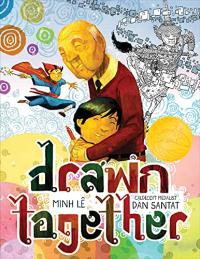
A child visits his grandfather but has trouble communicating; they literally don’t speak the other’s language. That is until they find another way to share thoughts and feelings through art. As each of them expresses himself creating unique superheroes, two generations are drawn together. Universal emotions are placed in a specific but nonetheless moving context.
Drawn Together
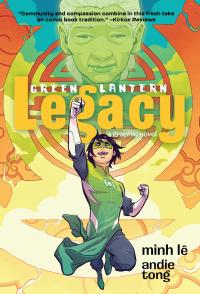
When 13-year-old Tai Pham inherits his grandmother’s jade ring, he soon finds out it’s more than it appears. Suddenly he’s being inducted into a group of space cops known as the Green Lanterns, his neighborhood is being overrun by some racist bullies, and every time he puts pen to paper, he’s forced to confront that he might not be creative enough or strong enough to uphold his ba’s legacy.
Green Lantern: Legacy
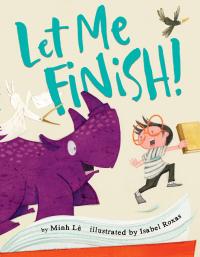
The sheer bliss of settling into a good book without being interrupted by spoilers! A boy is so excited and filled with anticipation to read a good book, yet each time he begins a new one, lively animals share their favorite parts and ruin the story for him. From birds to bears to giraffes, everyone has an opinion they want to share with him about the book he is reading.
Let Me Finish!
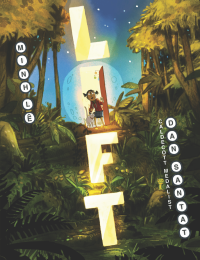
Iris loves to push the elevator buttons in her apartment building, except when it’s time to share the fun with her baby brother. That is, until the sudden appearance of a mysterious new button that opens up imaginary places where she can escape and explore on her own.
Lift
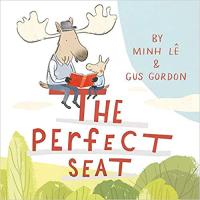
This child and their parent are almost ready for story time – but first, they must find the perfect seat! This cozy picture book takes readers through various opposites (“Too rough! Too slippery!”) as characters search for just the right spot.
The Perfect Seat
Find this author’s books on these booklists
Themed Booklist
Asian Pacific American Family Stories
Themed Booklist
Between Two Worlds: Asian Pacific American Heritage
Themed Booklist
Diverse Books: Graphic Novels
Themed Booklist
Great Books About Grandparents
Themed Booklist
Summer Reading Guide 2018
Themed Booklist

